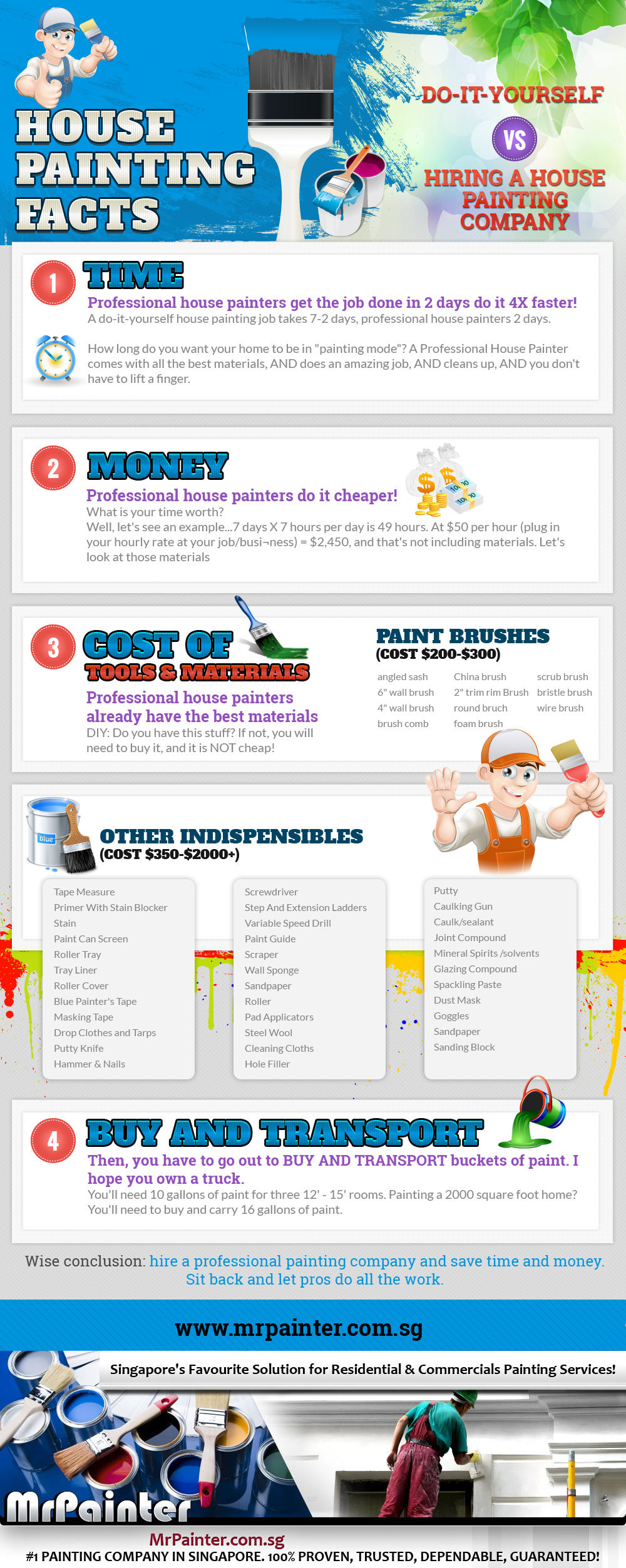Examine The Role Of Seasonal Factors In The Success Of Commercial Exterior Painting And Discover The Most Effective Times To Safeguard Lasting Outcomes For Your Project
Examine The Role Of Seasonal Factors In The Success Of Commercial Exterior Painting And Discover The Most Effective Times To Safeguard Lasting Outcomes For Your Project
Blog Article
Material Author-Ford Browne
When you're preparing an industrial outside paint project, seasonal factors can make or break your results. You'll wish to consider just how temperature and humidity effect paint application and drying times. Selecting the right season can guarantee your paint adheres properly and lasts longer. Yet which periods are absolutely the best for this kind of work? Allow's check out the crucial elements that can influence your project's success.
The Effect of Temperature on Paint Application
When you're intending a commercial external paint job, the temperature level can substantially affect how well the paint sticks and dries.
Preferably, you intend to paint when temperature levels range in between 50 ° F and 85 ° F. If it's too chilly, the paint may not treat correctly, bring about concerns like peeling or splitting.
On the other hand, if it's also warm, the paint can dry too rapidly, avoiding appropriate bond and causing an irregular finish.
You should also take into consideration the moment of day; early morning or late afternoon supplies cooler temperature levels, which can be more favorable.
Constantly examine the maker's suggestions for the details paint you're using, as they commonly offer assistance on the excellent temperature range for optimum outcomes.
Humidity and Its Result on Drying Times
Temperature isn't the only environmental factor that influences your commercial outside painting project; humidity plays a significant role as well. High humidity degrees can slow down drying out times significantly, affecting the overall top quality of your paint task.
When the air is filled with wetness, the paint takes longer to treat, which can result in concerns like inadequate adhesion and a greater threat of mold development. If you're painting on a specifically humid day, be gotten ready for extended wait times between layers.
It's critical to check regional weather conditions and strategy accordingly. Ideally, aim for humidity levels in between 40% and 70% for optimum drying out.
Keeping these consider mind ensures your project remains on track and supplies a long-term coating.
Best Seasons for Commercial Outside Painting Projects
What's the most effective time of year for your industrial external painting projects?
Springtime and early autumn are typically your best options. Throughout these periods, temperatures are moderate, and humidity levels are usually reduced, producing suitable conditions for paint application and drying.
Prevent summer's intense heat, which can cause paint to dry too rapidly, resulting in bad attachment and finish. Similarly, winter season's cool temperature levels can impede correct drying and curing, running the risk of the longevity of your paint task.
Go for days with temperatures between 50 ° F and 85 ° F for optimum outcomes. Keep in mind to examine the local weather forecast for rainfall, as damp problems can wreck your task.
Preparation around these aspects ensures your painting task runs efficiently and lasts longer.
Conclusion
Finally, planning your business outside painting jobs around seasonal considerations can make a considerable distinction in the outcome. By organizing painting business pro reviews during the suitable temperature levels and moisture levels, you'll ensure much better adhesion and drying times. Keep in mind to watch on local weather prediction and choose the correct time of year-- springtime and very early autumn are your best bets. Taking how much to paint a 1400 square foot house will certainly assist you attain a sturdy and specialist finish that lasts.
